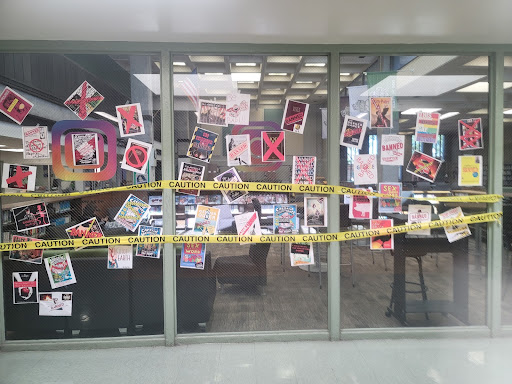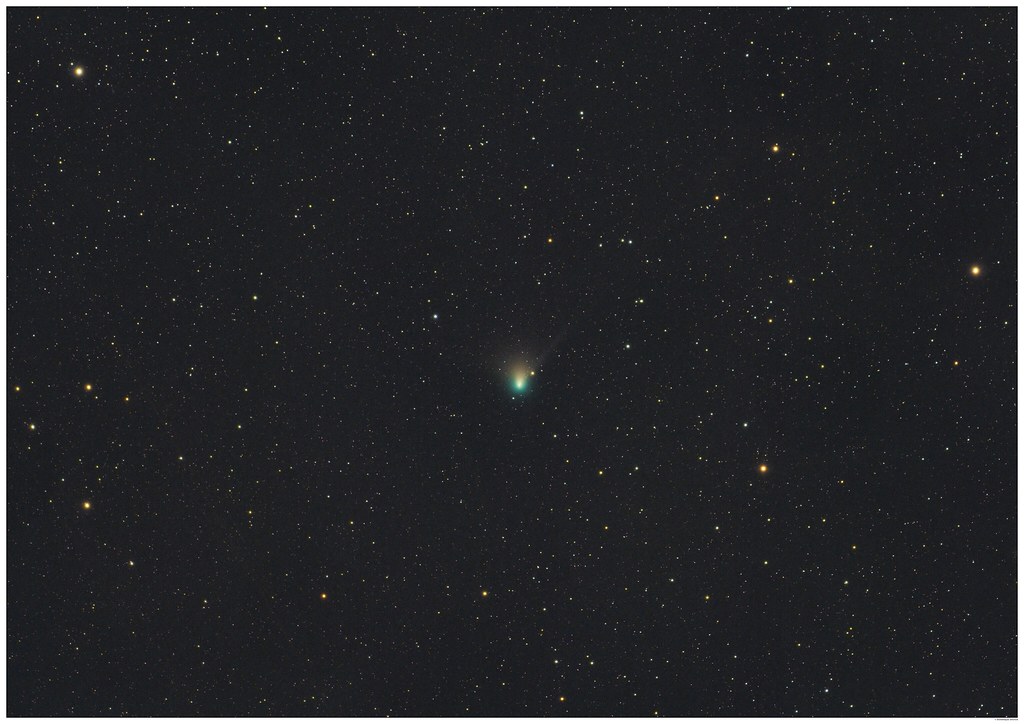Photo taken by the author (Lilli Kaehler) at the Costa Mesa Middle and High School’s library. It was to raise awareness of Banned Books week, which takes place from September 18 – September 24.
Many places around the world are no stranger to censorship. Multiple mediums get censored or sometimes outright banned in various places in the world, but interestingly enough, the book world seems to be hit the hardest.
Some say television censorship and bans are a massive issue. But compared to books, which are a very accessible medium, TV doesn’t really compare to that.
Things like literature and books have a vast longer history no one really talks about. Sure, everyone knows about books being banned and the burnings from long ago, but there’s so much more to it.
In honor of the ‘Banned Books Week,’ which is to bring awareness to these banned books from libraries around the world, it’s important to discuss this long tradition of books being banned.
If we’re talking about the U.S. alone, there is definitely a common theme with all of these book bannings.
Yet, when did this all start? Well back in 1650, where the biggest method of censorship in the 17th century was book burning.
The pamphlet of William Pynchon “The Meritorious Price of Our Redemption” was promptly banned and burned by the Puritan government in Boston, Massachusetts.
It is considered to be the first book burning in America.
But, what about actual book bannings?
There isn’t exactly one book that started the bans, but rather, multiple titles that became the subject of the first bans.
According to Readingpartners.org, who have written on the topic of 2022’s Banned Books week, they’ve mentioned some of the first banned books in the U.S.
John Eliot’s The Christian Commonwealth (written in the late 1640s) and William Pynchon’s The Meritorious Price of Our Redemption (1650s) are a couple of other early banned books.
However, that was back in 1640 and 1650. What are the most banned books as of recent?
That’s a harder question to answer, and standards change with the times. However, this doesn’t make them any less subjectable to criticism.
Back then, Eliot and Phynchon’s books were banned by puritan groups for obscene reasons, and sadly, it’s still a recurring theme with most- if not all the most recent books banned.
So why are books censored/banned? Well, it comes from mostly the conservative states who are doing these bans.
From a report from Pen.org, they explain the numbers of book bans rising: “however, the large majority of book bans underway today are not spontaneous, organic expressions of citizen concern. Rather, they reflect the work of a growing number of advocacy organizations that have made demanding censorship of certain books and ideas in schools part of their mission.”
Also, from Pen.org, they’ve made a graph of all the common reasons and themes among all the over 2,000 banned books from all around the states.
Graph made by PEN America, all rights reserved.
As we can see with this graph, the most common reason books are banned are due to LGBTQ+ themes and characters, which takes up 41% of banned titles (674 titles). Titles including characters and secondary characters of color follow close behind at 40% (659 titles).
In a report by npr.org discussing the issue, they bring up some titles commonly banned in Mississippi. These books included “Queer, There, & Everywhere” by Sarah Prager, “The Hate U Give” By Angie Thomas, and “The Bluest Eye” by Toni Morrison.
According to them, the reasoning for these books being banned are due to pushes from organizations such as Mass Resistance, who are recognized by the Southern Poverty Law Center as an Anti-LGBTQ hate group from Mississippi.
Because of organizations like these that push for the limitations of LGBTQ+ representation in literature, these bannings are going to get worse.
Books and literature are very important to a child’s development, and the mere idea of these types of books being banned due to an out of state hate group calling them ‘obscene’ and ‘not for kids’ is beyond understanding.
A book about being queer can honestly help a kid’s life. Removing their access to literature that can very well help them is obscene in of itself.
However, understanding the origins and history of these bans are important to understand the current issues.
And maybe, just maybe, these bans can die down. Maybe, we’ll be able to make a difference, the world will be more accepting of these books; The world could be a better place that way.



